Gene Savoy, the discoverer of Pajaten, was an explorer, not a professional archaeologist. He first heard tales of mysterious ruins in the Andes from Peruvian hunters and outlaws. Savoy had already suspected that the eastern slopes of the Andes had once been inhabited by pre-Colombian civilizations and, in 1962, he made a flight over the region and spotted the ancient city. It was not until 1965 however, after farmers seeking new land opened a trail into the area, that he was able to get to the site. He made his initial trip through the forbidding jungle mountains on foot. When he reached Pajaten, its walls were barely visible through the thickets, but he realized he had come upon something important.
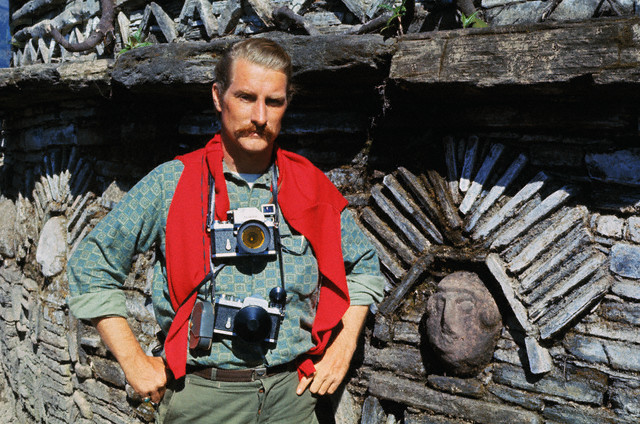
1966. Corbis Images. ''Original caption: Pajaten Ruins and Town of Pachiza and Juanjui. Pachiza, Peru: American explorer and photographer Gene Savoy of Bellingham, Wash., at Pajaten ruins. ''
Savoy persuaded the Peruvian government to sponsor a full-scale expedition which was joined by scholars and crews of workmen. They arrived in June, 1966, a company of thirty-seven ferried to mountaintop by helicopter, and established a rude headquarters there. Clearing the site proved to be a long job. The thick underbrush had to be burned off and then a mattress like layer of debris and root networks rolled back inch by inch, gradually freeing such structures as staircases which led to passageways between buildings.
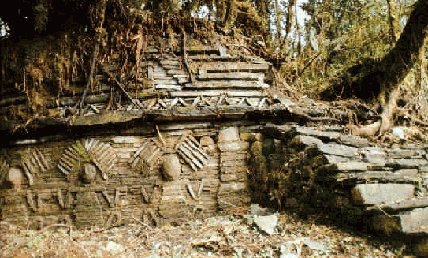
''El complejo Arqueológico conocido como el Gran Pajatén, es una maravilla de la naturaleza y de la mano del hombre.''
”Mr. Savoy, who even founded his own religion, was a larger-than-life character and did not care who knew it. His quests were larger still: He sought the Fountain of Youth, the Treasure of El Dorado, proof that Solomon’s gold had come from South America( Based on stone tablets found in the highland jungle ) and what his son called “the answers to life.” His actual discoveries included Vilcabamba, the Incas’ last refuge from the Spanish, the place Hiram Bingham thought he had found with his discovery of Machu Picchu in 1911. He is also credited with finding Gran Pajatén, a pre-Incan stone city. And his discovery of Gran Vilaya, an intricate network of 24,000 stone structures covering 100 square miles of dense jungle, helped establish that a high civilization had existed in Peru apart from the coast and the Andes.” ( Douglas Martin)
Teams of workmen found a wall studded with stone heads between a tree stump on a ledge. These heads are surrounded with feathery headdresses of stone that are not surface inlays but comprise part of the wall itself. The builder evidently fitted them in as he worked, filling in around them with smaller pieces; an intricate mode of construction quite unlike Inca masonry. Savoy then explored the surrounding country and soon reported the existence of six more cities similar to Pajatan. He believed that these communities proved his hypothesis that Pajatan was part of a jungle empire the existence of which the Spanish conquerors never dreamed of, nor, indeed, did modern archeology until he came across it.
”One of the tombs we found on the cliff was incredible. It was two stories high. Lining the outside roof were six wooden, nude male statues, all showing an enhanced penis. When we first saw these statues, I said to Barbara, ‘Looks like the guy was a king looking forward to the future life, with all these statues and phallic symbols around the tomb’. She said, ‘What makes you think it wasn’t a woman looking forward to her future life?’ …I did find some vases and other artifacts, which helped Tom determine that they had unearthed a pre-Inca civilization, more than 3,000 years old.” ( Lou Whittaker )
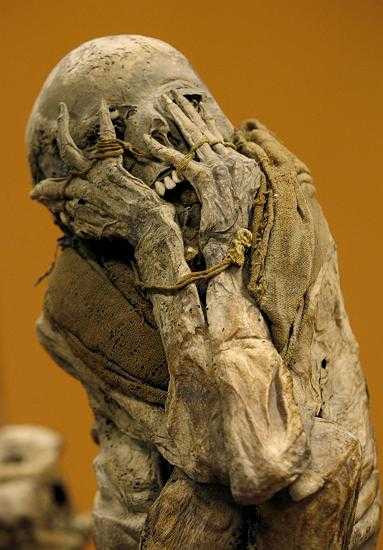
''The latest discovery in the middle of the jungle promises new revelations about the mysterious Chachapoya civilization. While on a hunting trip last year, family members Octavio, Merlin and Edison Añazco literally bumped into something extraordinary: an enormous ruin including a ceremonial platform (approximately 100 ft. x 200 ft. x 24 ft.) overlooking a football field-sized plaza, a watch tower, as well as numerous rectangular and circular buildings.''
In addition to pursuing terrestrial archaeology, he organized missions in an effort to prove that ancient civilizations had been connected by sea travel. The first such mission involved a voyage on a raft from northern Peru to Mexico. Another attempted a round-the-world trip inte
to prove that the ancient Egyptians, Japanese, Incas and Jews could have been in touch.”If you think that you will be popular and meet interesting people once you have found a lost city you may be in for a surprise. You might think that your efforts, which undoubtedly provide work for needy archaeologists, would make you respected by them. Not at all. They dislike Savoy intensely and they hated Bingham, the finder of Machu Picchu, Rosaspata and a handful of other world-class ancient remains. Both of them were accused formally of being grave-robbers and huaqueros (people who illegally dig up artifacts and sell them at Sothebys). I myself had to dig Savoy, at that time a reporter for the Peruvian Times, out of clink in Lima on one occasion a quarter of a century ago.
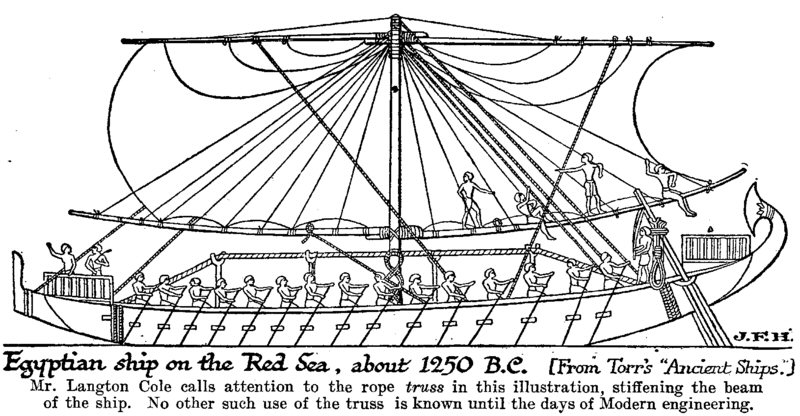
''FEATHERED SERPENT Built: Gene Savoy, Huanchaco, Peru; 1969 Reed ship (1m) Length: 36ft (11m). Hull: totora reed Compliment: 4 Design: traditional (?) Like Thor Heyerdahl, American explorer Gene Savoy had an intense interest in the prehistoric civilizations of Peru. Rather than reaching across the Pacific from South America, Savoy was convinced that the Andean empire of the Incas and the Mexican empire of the Aztecs had had regular contact along the western coasts of South and Central America. In 1961, Savoy “observed a petroglyph etched on a rock in the Jequetepeque Valley of northern Peru. It was a Mexican hieroglyph for gold” (Savoy 1974, 17). Observing this and other similarities, Savoy concluded that a regular prehistoric trade had clearly existed between the two culture areas, and that that trade was conducted over the water.''
This is pure jealously on the part of archaeologists and locals who didn’t have the persistence and perception to get there and stand up and say “I found it!”. Neither Bingham nor Savoy claimed any special academic knowledge. What both of them did was to do a lot of homework, reading the chronicles carefully. They also listened carefully to their guides and travel companions.’ (Nicholas Asheshov)
Gene Savoy last great discovery was announced in 2000; called Gran Saposoa, yet another lost Chachapoyan city recovered from the jungles of San Martin province in northeastern Peru. Situated between the famous Gran Pajaten and Gran Vilaya ruins, Gran Saposoa may prove to be the ancient Cajamarquilla, another of the legendary Chachapoyan cities chronicled to have been conquered by the mighty Incas in the fifteenth century A.D. A possible conclusion is that this pre-Inca metropolis may prove older than Gran Pajaten or even the Chachapoyan fortress of Kuelap.
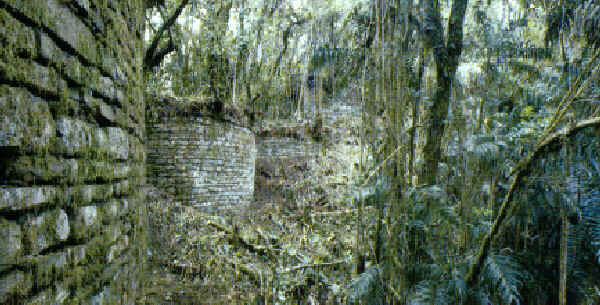
1985. ''The well-known explorer, Gene Savoy, has discovered a "lost" city some 120 square miles in area in the jungle-covered mountains of Peru. This citadel, called Gran Vilaya, is located about 400 miles northeast of Lima on a 9,000-foot mountain ridge. ''
”The possibility that Thor Hyerdahl suggests–that man traveled westward across the Pacific–might well explain the expansion of this concept from a Central American culture to a civilization of the East. Also the reverse could just as easily be true that ancient mariners have been shown to have traveled from the Old World to this hemisphere as long ago as 600 BC as demonstrated by the discovery by Gene Savoy in the highlands of Northern Peru at the headwaters of the Amazon River where he found a cave that housed three stone tablets or tables, one of which was roughly six feet long with carvings hewn into the stone in very ancient Hebrew and Phoenician that seems to say (translation of these very ancient Hebrew and Phoenician glyphs is somewhat problematic. It is estimated that they are from around 900 BC at the time of Solomon’s Temple construction, so the availability of scholars that are familiar with that old of writing is a problem so we need more research to absolutely verify the literal meaning of the inscriptions), “We have sailed across the big ocean and then traveled up this huge river (the Amazon) and we then traded for gold with these people and are going back to our home now”, or words to that effect” ( Genesavoy.blogspot.com)


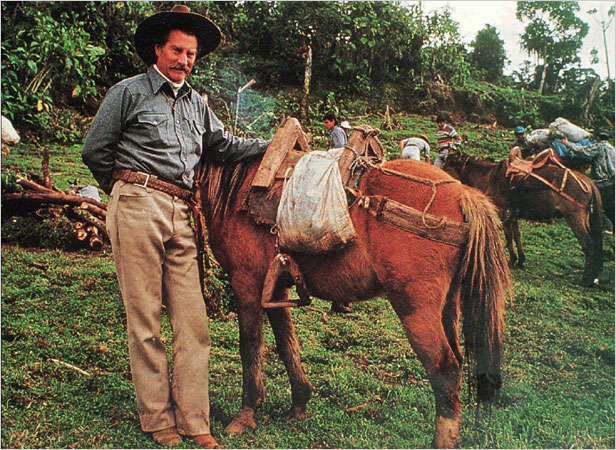
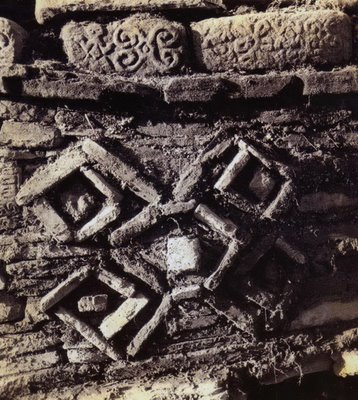



 COMMENTS
COMMENTS
Hi Dave:
There is a lot of misinformation out there. I did fieldwork at Gran Pajaten and surrounding sites for three months. For the record:
– Gran Pajaten was discovered in August, 1963 by a group of villagers from nearby Pataz, led by
mayor Tomas Torrealba,
– Photos of Building No. 1 appeared in newspapers, La Industria of Trujillo and El Comercio of
Lima in September and October of 1964
– archaeologist Rogger Ravines reported on the ruins with a brief description in the National
Museum Bulletin, also in 1964.
– the Peruvian government also led an expedition to the ruins on foot in 1965.
– Mr. Savoy could not possibly have seen Gran Pajaten from the air in 1962. These sites can
barely be seen on the ground.
If archaeologists could find some scientifically verifiable evidence for some of the trans-oceanic voyages proposed by Heyerdahl and savoy, then they would happily buy into the notions. At present, these theories are faith-based. I do not believe that the late Gene Savoy has looted archaeological sites. However, I do question his motivations for exploring, and his ethics. Here’s a quote from the LATimes (2004) regarding Torrealva’s discovery of Gran Pajaten,
“That’s nonsense, Savoy said. “Did they report these things before I found them?”
A native might see a wall covered with bush, he said. “We spend months and years exploring
a wide territory to uncover a lost metropolis. Who in their right mind is going to say that the
Indian is the discoverer?”
Did they report these things? Yes. In most cases the sites had been reported to the INC in Lima, in some cases by archaeologists. Some of us have spent months and years exploring and studying these sites… but then, we’re only scientists and Indians I guess.
You do like to be provocative, don’t you, Dave. Cheers! Warren
thanks again for the comment! A little bit. I know Savoy was not universally admired to say the least; a tireless self-promoter and an advocate of his own religion called cosology.You have given me some information, that I did not even have the potential to willfully ignore if I had chosen too, which is not likely given how thorough it is. Your description of ”faith based” theories is interesting as well. Perhaps Savoy would have termed your remarks ”provocative”. I respect the time you have taken to write this and when I return to this subject, there will be a little more circumspection on my part and I’ll communicate with you at that time. I do realize, at least in part, the tremendous amount of work your profession puts into these projects and I thank you again for your professional integrity. Best,
Dave
Thank YOU, Dave, for taking my (admittedly provocative) comments in a constructive spirit! Clearly there is an acrimonious divide between those who “explore and discover” the surface, and those who systematically dig. This is unfortunate, but neither party is completely innocent. I don’t gain anything by smearing the memory of the late Mr. Savoy. His re-discovery of lost Vilcabamba was the product of good research and dogged exploring, and I can respect and admire that.
I respect anybody’s right to look at the past any way they wish. Scientific archaeology is one way. Archaeologists certainly do not “own” the truth. Personally, I don’t believe that scientists are unable to see the forests for the trees (although that does describe some of them). I trained in archaeology because I find that it offers the most convincing method of arriving at what really happened when, why and how. It satisfies ME. It sparks my imagination, and real creativity is required to formulate the “right” questions… or at least interesting questions.
So, Dave, thanks for letting the phuddy-duddy ramble. Here’s to intellectual diversity… salud!
Are there any pictures or photos of the petroglyphs / geoglyphs found there?
it really is interesting. Indiana Jones was apparently a composite based in part on some of the spirit of Savoy. It is very hard to locate the kinds of photographs you are looking for. best
i am from pachiza,,i found sixteen pethroglyps here,,,gene savoy was not the discoverer,it was tomas torre alva,,,,